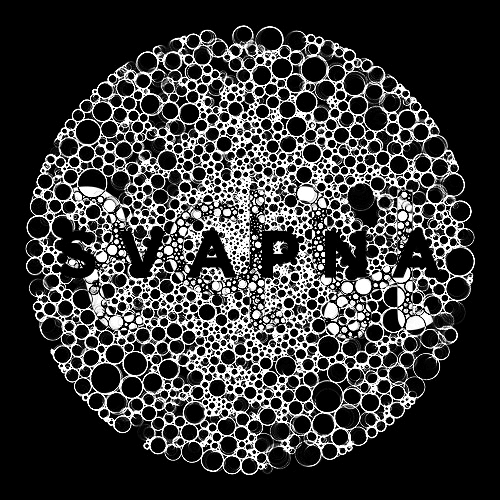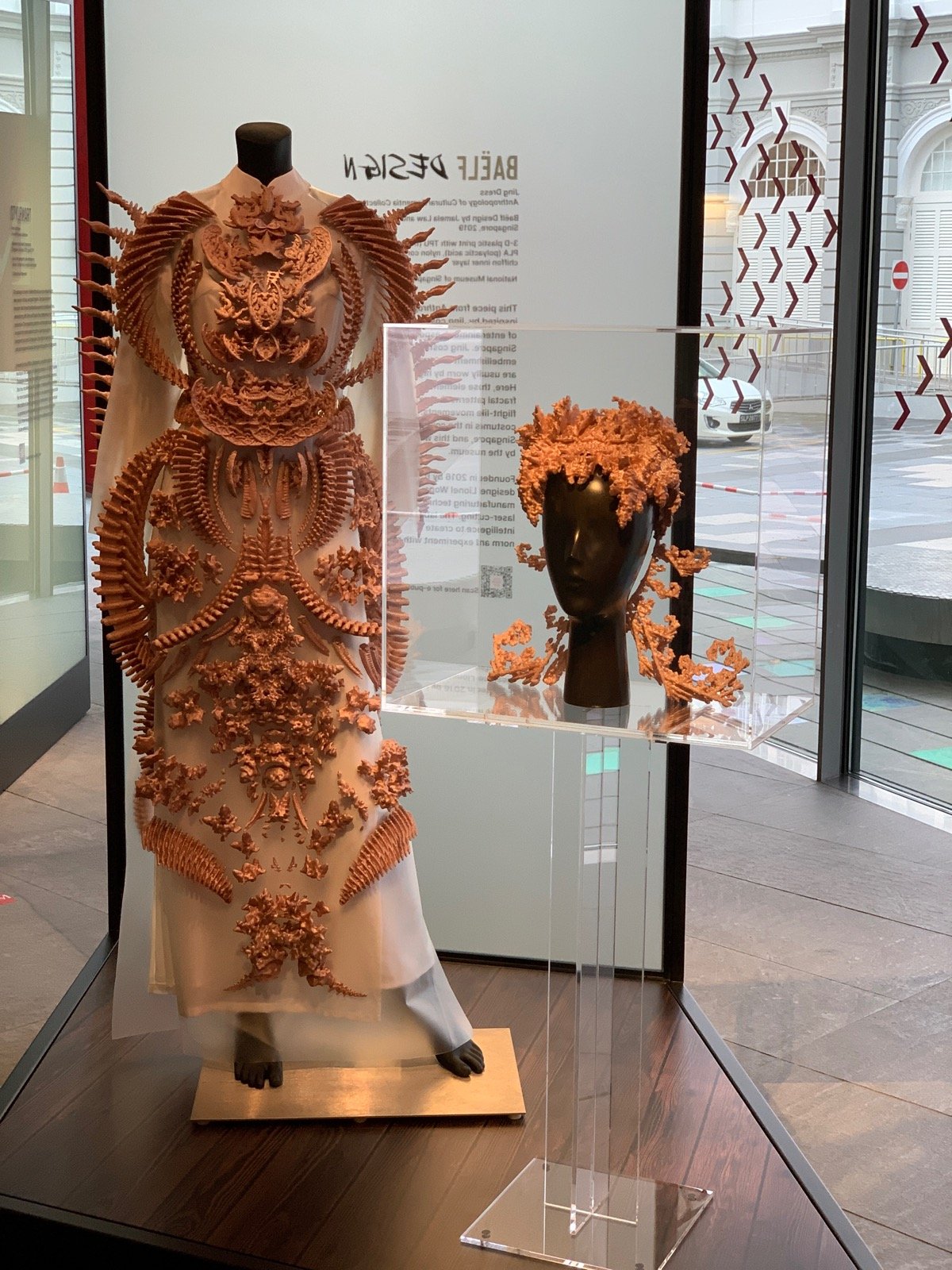MODEL MACHINES
DEEPMIND
x
MA MATERIAL FUTURES
( CENTRAL SAINT MARTINS )
2023
THE BRIEF
In collaboration with DeepMind, we would like you to design or prototype a future Artificial Intelligence (AI) device.When thinking of AI, language processing devices often come to mind, like Google Home, Siri, Alexa or IBM’s Watson. But intelligent systems go far beyond language alone. Intelligence comes in many forms; consider the entangled mutualistic relationships in nature where different beings learn from their surroundings and apply that knowledge in diverse ways to survive and fit harmoniously into a complex system
WHO ARE THEY?
They are a team of scientists, engineers, ethicists and more, committed to solving intelligence, to advance science and benefit humanity.They joined forces with Google in 2014 to accelerate our work, while continuing to set our own research agenda. Our programs have learned to diagnose eye diseases as effectively as the world’s top doctors, to save 30% of the energy used to keep data centres cool, and to predict the complex 3D shapes of proteins - which could one day transform how drugs are invented.THE DESIGNERS
PARI - PARI _
By Parigna DesaiPari Pari is a multidisciplinary studio specialising in textile and surface design based out of mumbai, created from designer Parigna Desai's childhood memories of her grandmother’s home filled with textiles and lengthy joys of her and her friends embroidering for months.We focus on Indian artisanal techniques and materials and believe that preservation is necessary and possible through updation. A technique is studied in depth to learn its range, roots, and limitations.The products are a reflection of the technique explored; created to translate an intricate process in a simplistic, usable yet beautiful way.The innateness of materials remains integral to our design practice. through our practices we would like to tackle small aspects of thoughtful design, production and consumptions to feed into a larger system of change. Our goal is to unravel a surprise with every collection and every product, creating beauty that doesn't hinder use.PROJECT
સ્વપ્ન
(SVAPNA)સ્વપ્ન (Svapna) means dream in Gujarati, a language from India with approximately a thousand year of history. We envision સ્વપ્ન (Svapna) to help us create a more efficient and sustainable future. A deep learning Artificial Intelligence capable of reducing the complexity of industrial production and material calculations that collaborates with people to materialise objects of our dreams. THE ISSUE
The fashion industry has been steadily moving towards the digital realm in recent years, with the rise of e-commerce, social media, and virtual fashion shows. IMAGE FROM READY PLAYER ONE
DIGITAL FASHION INDUSTRY
One interesting development in this shift is the use of game physics to create more realistic digital clothing. Game physics is the study of how objects move and interact in virtual environments, and it is being utilized by fashion designers to create digital fabrics that behave like their real-life counterparts. This technology has enabled the creation of virtual try-on experiences and realistic 3D garment simulations, allowing consumers to visualize clothing in a more immersive and interactive way than ever before.While game physics can accurately simulate the movement and behavior of digital fabrics, it is important to note that there are still differences between the behavior of virtual materials and those in the real world.https://insights.masterworks.com/nft/fashion-metaverse-luxury-nft-collections/
The disadvantage of game physics in the fashion industry is that it can be computationally intensive and require significant resources to create and render realistic simulations. However, current virtual rendered fabrics does not simulate real life situation such as wind or temperature. This is due to the lack of fundamental real world material physics.The pursue of Aesthetics have lost it’s foundation and becoming purely superficial.
“knowledge without creativity is useless.
Creativity without knowledge is meaningless”
ARTIFICIAL INTELLIGIENCE
THE ENCYLOPEDIA
The fashion industry has long been known for its quiet constraint culture, where employees are often expected to adhere to strict codes of conduct and a hierarchical structure. As a result, the fashion industry suffered from significant information gaps that hinder progress and growth.
Thus, if all these knowledge and experience have been learned by A.I. , it would definitely increase the efficiency and quality of fashion making as everyone can draw knowledge from a pool of data.FOR THE FASHION INDUSTRY
THE MATHAMETHICIAN
The fashion sector employs a wide range of individuals. Because of this, not everyone can perform or even understand complex calculations. This includes the calculation to create complex weaving pattern and not have them on repeat. Or the complex knitting simulation that deters people from creating beautiful seamless textiles.
What if A.I. could do these calculation for the user. Could we potentially open up new opportunities for creativity at a much more complex level? THE ADVISOR
A.I. can be a powerful tool that check back on the user's work. This could include copyright infringement or duplication of historical work unknowingly. Having this option, will allow users to avoid and improve on the quality of work on the primary level of creation.
Although the fashion industry have little Intellectual Properties to start off with, the improvement or archiving humanity's history and knowledge in fashion would greatly credit and support new evolutionary innovation in our practices. WOVEN STRUCTURE
EXAMPLE OF
IN TEXTILE
The above image is a standard plain weave, and it is created with 1 x 1 format of yarns looping over each other.
The complexity of weaving increases as weave pattern changes. The formation of each pattern would than result in different types of fabrics with different functions.
Example :
Canvas Weave are Durable
Ripstop Weaving helps prevent Tears
Twill weave protects from abrasions
WHY FUNDAMENTAL KNOWLEDGE OF MATERIAL AND THE PROCESS OF MAKING IS EXTREMELY IMPORTANT.
OUR EXPERT
BAELF DESIGN
Baëlf’s rebellious personality is evident in our experimental fashion artworks, often characterized by avant-garde forms and whimsical details. The Baëlf aesthetic is often futuristic and always pushing the boundaries in both visuals and techniques.
Our aspiration is to show how technology can be a medium for design, a fresh way to think as much about aesthetics and culture as it is about production and performance. We also dream of enhancing the functions of fashion accessories and define new meanings through the use of technology in our future collections.
BAELF Design are experts in 3D production and innovating new materials and process in their work, while Parigna and Benjamin are experts in fashion and textile industry respectively.
This cross collaboration with an Expert for
DeepMind x MAMF
Model Machines
(2023)
is an example of how we understand
the potential of A.I.
in the fashion industry
impacting how we use material and manufacture them3D PRINTING
X
TEXTILE MAKING
WEAVING
Textiles are usually created with a Warp and Weft Direction by locking the yarns together creating the desired fabric. KNITTING
Textiles are usually created with looping the yarns onto each other, creating a locking mechanism for the fabric. NON-WOVEN
Textiles are usually created with a form of spraying or felting and adhesive can be added in the process to create a piece of fabric. 






























